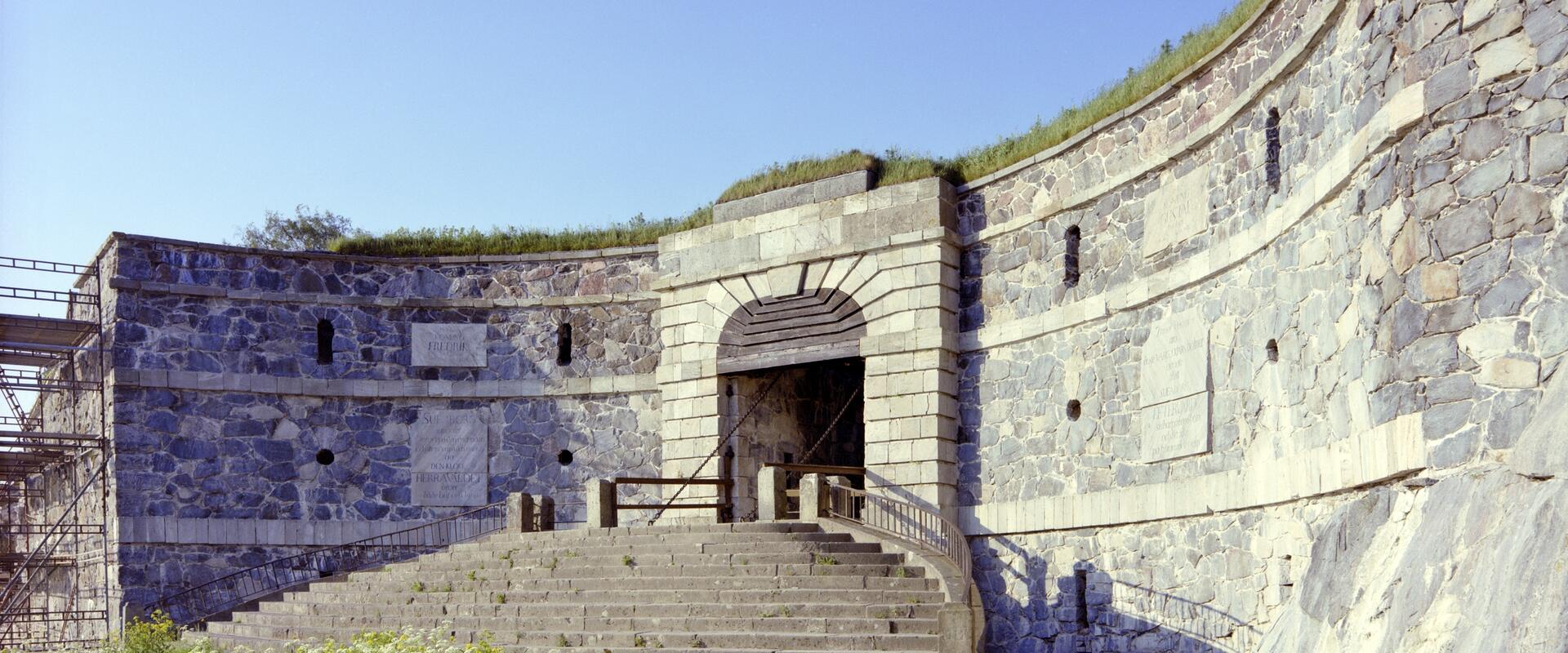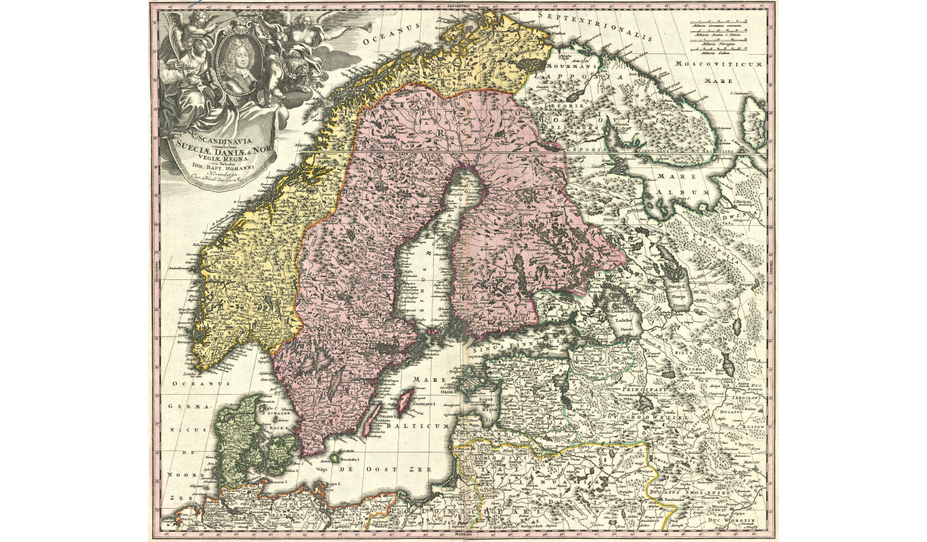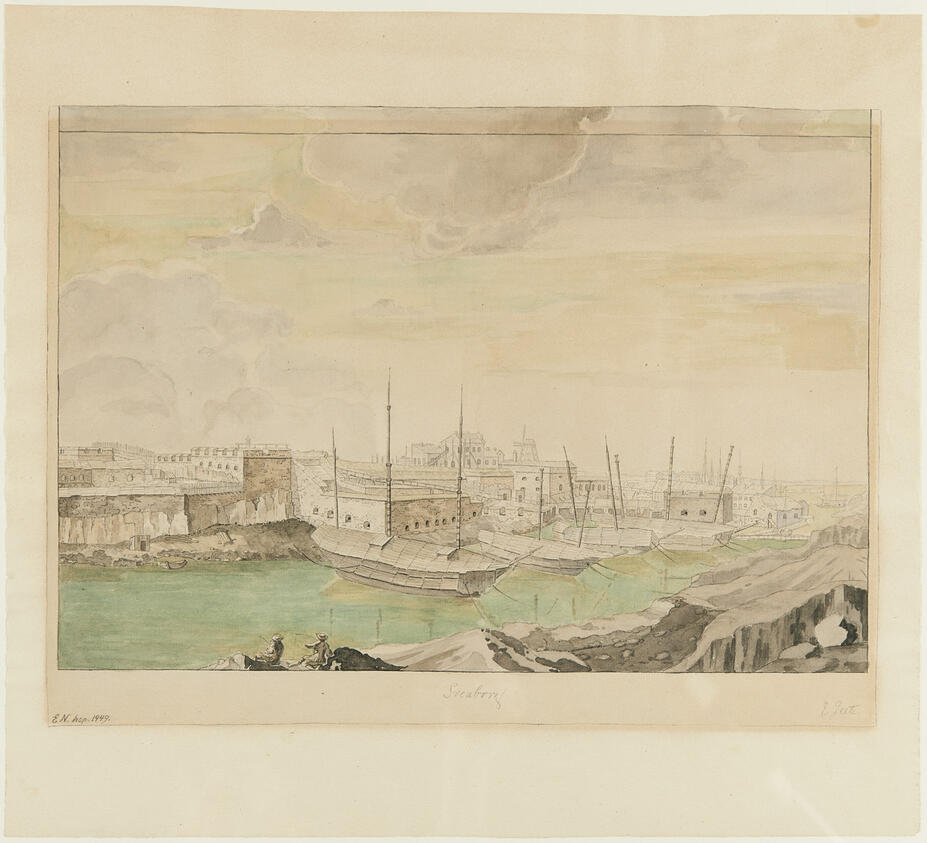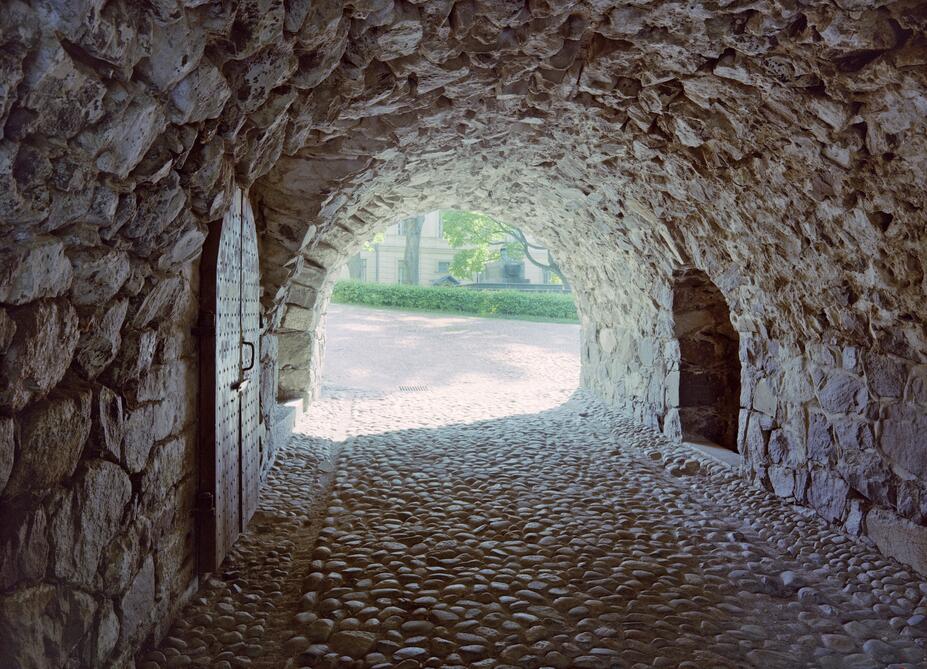In the Treaty of Nystad after the Great Northern War (1721), Sweden lost many important fortified cities such as Tallinn, Narva, Tartu, Nevanlinna (Nyenskans or Nyenschantz, on the ruins of which Saint Petersburg was built), Käkisalmi (Priozersk) and Vyborg. Peter the Great, the Tsar of Russia, made his country one of the great powers and also a coastal state of the Baltic Sea. The new capital, Saint Petersburg, was founded on the ruins of the Swedish Nevanlinna. After the founding of Saint Petersburg, Russia sought to continue its westward expansion and conquer more territories from Sweden, as the new capital was still dangerously close to the Swedish border.
Meanwhile, Sweden attempted to remedy the situation by building the fortresses of Hamina and Lappeenranta to secure the new border and by trying and yet failing to recapture the lost territories in the Russo-Swedish War or the War of the Hats (1741–1743). In the Treaty of Åbo (1743), which ended this war, the new fortified cities of Lappeenranta and Hamina were also lost. The Kymijoki River now marked the border between Sweden and Russia. The “Hats”, as the aggressive political party was called in Sweden at the time, had suffered a significant loss of prestige, and the wiser line seemed to be the policy of those called the “Caps”: defensiveness, retaining good relations with Russia and forming alliances with strong states.
Sweden decided to try to defend its borders with ever larger fortifications. A decision to build the new central fortress in Helsinki was made after having considered Hanko and Hämeenlinna as possible alternative locations. The relative proximity of Helsinki to the border and the city’s good port and ability to service the fortress were the decisive factors, however. The building effort was made possible by a treaty of alliance with France and substantial financial support. The fortress project was led by Swedish officer Augustin Ehrensvärd, who became the driving force behind the fortress for a long time.
The fortress was built on a group of islands off the coast of Helsinki known as the Susiluodot. A key idea with the placement of the fortress was that the islands would effectively block the entrance to the port of Helsinki. The plan included surrounding the City of Helsinki itself with protective walls, but money ran out. This had fatal consequences later on, as by capturing the city the enemy was not only able to supply itself but also to fire at the fortress. In addition, capturing the island of Vallisaari, seen in the lower right corner of the image, would give the enemy a direct line of fire to Viapori.
Perhaps the most important feature of the fortress was built in the middle of the islands: a large dry dock. It was a basin that could be pumped dry to repair and build ships in the shelter of the fortress. During Swedish rule, Viapori was above all an important naval base. It also acted as a depot fortress, which was intended to serve as an assembly point for troops, especially during a war.
The islands were surrounded by hollow stone walls that were several metres thick. It was possible to place artillery, soldiers’ quarters, shelters and storerooms on top of the walls. The walls were built as a star-shaped bastion fort. This shape allows firing parallel to the walls instead of just outwards as in a circular or square fortress. Barracks were also built inside the fortress, many of which are still in residential use.
The fortifications were built not only by professional soldiers, but also by hired craftsmen, tenement soldiers (i.e. conscripts from the countryside) and prisoners. The conditions were often poor, and it is estimated that many more soldiers died during the building of the fortress than in all the battles fought there combined. The main cause of death were diseases, but accidents also took place.
Attention was also paid to the external appearance of the fortress: it had to look magnificent. Famous examples of this approach are the Great Courtyard on the island of Susisaari and the King’s Gate on the island of Kustaanmiekka. It was a considerable building project, and the arrival of thousands of builders and soldiers created a small new town on the islands of Helsinki, offering a wide range of services to the soldiers. The population of Helsinki also increased, and the city’s economy grew. The city’s population nearly tripled in fifty years.







